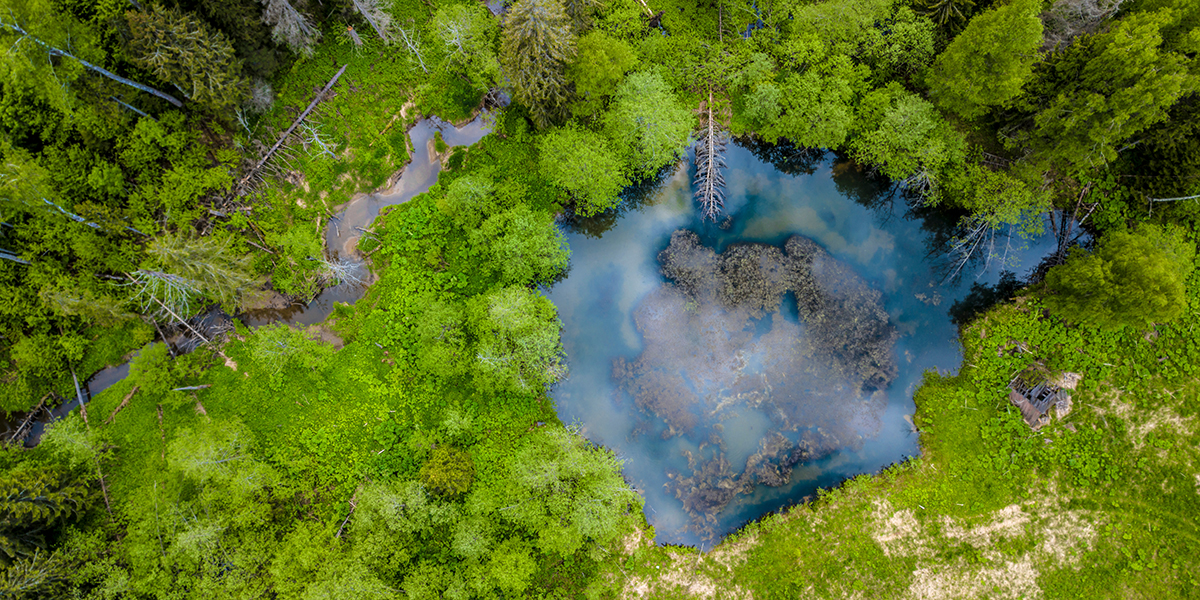New study on emissions paves way for well informed decision-making
Researchers from the Finnish Meteorological Institute (FMI) are working with the Colorado State University (CSU) and the Cooperative Institute for Research in the Atmosphere (CIRA) in the USA to determine global carbon dioxide budgets.
The FMI’s group consists of modelers and satellite data scientists. The group is led by Tuula Aalto of the Carbon cycle group together with Hannakaisa Lindqvist, leader of the Greenhouse gases and satellite methods group.
“The project is dealing with high-resolution estimation of CO2 fluxes, utilising atmospheric CO2 column concentration data from OCO-2 and OCO-3 satellites and assimilating the satellite data in a global inversion modelling system running in LUMI. The results from this system can be used for estimating the global and national-scale CO2 anthropogenic emissions and natural sources and sinks. We will also prepare for the forthcoming high intensity satellite data (e.g. CO2M) by developing the satellite retrieval processing and atmospheric inverse modeling algorithms,” Aalto explains.
Natural continuation of earlier collaboration
The team is collaborating with Dr. Chris O’Dell from Cooperative Institute for Research in the Atmosphere (CIRA) and Colorado State University (CSU) and his research group, who they already knew from before.
“Hannakaisa Lindqvist has worked with Chris O’Dell during her post doc visit at CSU, and this project is a natural continuation of the well-started collaboration,” Aalto tells.
The collaboration partners are the main developers of the NASA OCO-2 and OCO-3 missions’ CO2 data.
LUMI resources are elemental for this research
“LUMI resources are elemental for our research, as LUMI provides the top-grade computing resources internationally,” Aalto says.
LUMI enables research with policy relevant results contributing to address global challenges.
“As the requirements of accurate greenhouse gas data increases in the society, we need high-resolution models that are able to fully utilise the high-intensity data from forthcoming satellites and solve the emissions in scales relevant for policy-making, better separating and recognizing the different source sectors and hot spots, and perform the simulations in a proper time-frame. For this aim, continuous development of computing methodologies such as dealing with large matrixes, accurate processing of satellite retrievals and full utilisation of GPU resources is necessary,” Aalto concludes.
Authors: Maari Alanko, Elisa Halonen and Pihla Kauranen.
Fostering international research collaboration
In this blog series, we’ll delve into collaborative efforts of seven international research collaboration projects between Finland-Japan and Finland-Colorado that use LUMI supercomputer to address global challenges and top-level research topics in different fields.
Join us as we interview the project leads and hear how these collaborations came to life and how they utilise LUMI for cutting edge research in their field!
